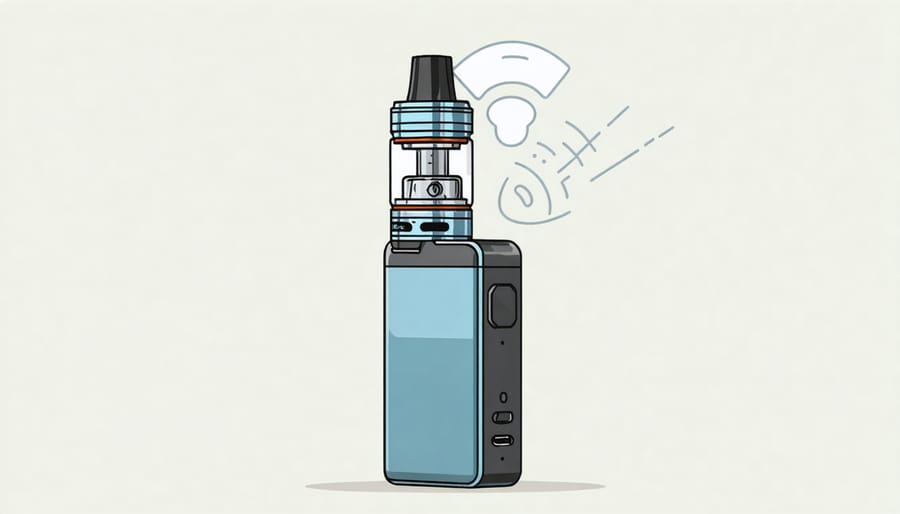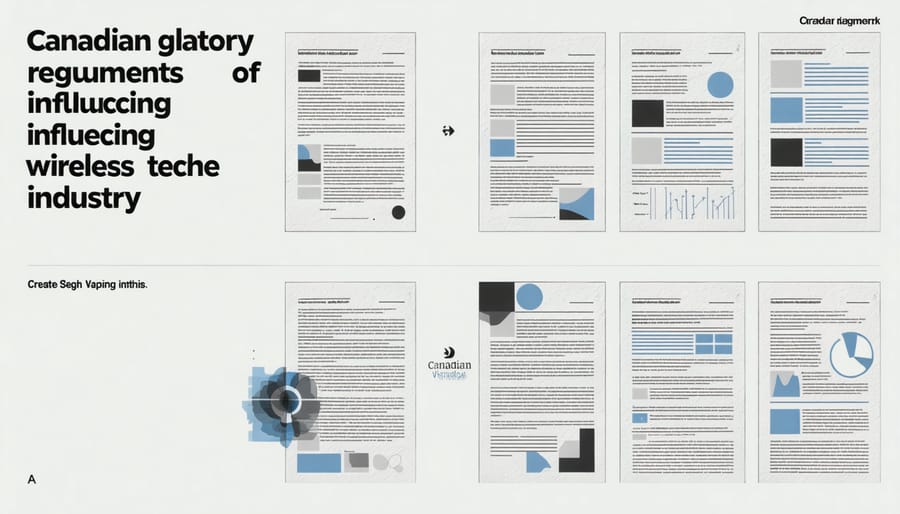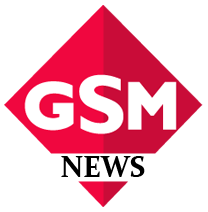The convergence of vaping technology and wireless communications has created new regulatory challenges and opportunities in Canada’s tech landscape. While retailers like vape mods continue to offer increasingly sophisticated devices with wireless capabilities, regulators must adapt to address both public health concerns and technological advancement. This analysis explores how the integration of wireless technology in vaping devices is reshaping regulatory frameworks and influencing industry innovation across Canada.
Intersection of Vaping and Wireless Technology
Vaping Devices and Wireless Tech
Vaping devices and wireless technology often intersect through features like Bluetooth connectivity and app control, enhancing user experience but also raising regulatory considerations. Many modern vaping devices are equipped with Bluetooth technology, allowing users to connect their smartphones via dedicated apps. These apps often enable users to customize settings, monitor usage, and access various diagnostic features. From a regulatory standpoint, the integration of wireless tech in vaping devices presents unique challenges, particularly concerning data privacy and security compliance in Canada. App-controlled features must adhere to privacy laws, including data protection standards that safeguard user information. Moreover, the potential for these platforms to facilitate underage usage or contravene advertising regulations adds complexity for regulators. The balance between innovative technological integration and stringent regulation is critical in managing public health concerns and ensuring compliance with Canadian laws. Consequently, consumers and professionals in the telecommunications industry must stay informed about the evolving landscape of vaping regulations and wireless technology to navigate these developments effectively.

Consumer Usage Patterns
The integration of vaping devices with daily technology use is a growing phenomenon among Canadian consumers. As vaping devices increasingly incorporate wireless technology, users benefit from features such as Bluetooth connectivity, allowing them to monitor usage patterns or liquid levels via smartphone apps. This convergence transforms vaping from a standalone activity to a connected experience, part of the broader Internet of Things (IoT) landscape. Consumers interested in exploring vape business strategies should consider these technological advancements as pivotal to market success. The integration aligns with the demand for personalized and data-driven experiences, enabling users to customize device settings according to their preferences. Despite these technological strides, regulatory challenges persist in ensuring user privacy and secure data management within this interconnected framework. For tech-savvy consumers in Canada, understanding how vaping devices sync with other tech gadgets is crucial, especially as regulations evolve, impacting the usage and development of these wireless-enabled products.
Current Vaping Regulations Impacting Wireless Technology
Canadian Regulatory Framework
The Canadian regulatory framework governing vaping devices with wireless capabilities is evolving to address the intersection of health concerns and technological advancement. In Canada, public health agencies, along with telecommunications regulators, scrutinize these devices due to their potential impact on healthcare and network security. The Canadian Radio-television and Telecommunications Commission (CRTC) oversees the integration of wireless technology in vaping devices, ensuring compliance with national radio frequency standards to prevent interference with other electronic communications. Meanwhile, Health Canada sets guidelines for labeling, marketing, and safety features to protect consumers.
These regulations aim to balance technological innovation with consumer safety, considering the potential risks associated with vaping and wireless communication. However, challenges remain, such as identifying and mitigating any cybersecurity threats posed by internet-connected vaping devices. While these measures impact the telecom industry by potentially creating new compliance requirements, they also offer opportunities for companies to innovate and enhance consumer protection solutions. For further insights on how regulatory changes influence the telecom sector, see the analysis of Canadian regulatory impacts.

Implications for Device Manufacturers
As vaping devices increasingly incorporate wireless technology, new regulations emerge that directly impact device manufacturers. These regulations often focus on ensuring device safety, data privacy, and compliance with telecommunications standards. For Canadian manufacturers, this could mean adapting designs to integrate wireless components that meet regulatory criteria. Additionally, manufacturers must stay current with Health Canada’s guidelines, which may involve restrictions on device marketing and distribution. Adhering to these regulations can be costly, requiring investments in research and development to comply with new standards. However, it also provides a competitive edge by ensuring that devices are perceived as safe and reliable by consumers. Furthermore, as regulations continue to evolve, manufacturers should anticipate potential changes, such as stricter e-commerce policies, which could affect how these devices are sold online. Staying informed will be crucial for manufacturers seeking to maintain their market position while navigating these regulatory landscapes.
Challenges and Opportunities
Regulatory Compliance Challenges
The vaping and wireless technology industries in Canada face significant regulatory compliance challenges due to evolving laws and intersecting technological advances. One primary obstacle is navigating the complex framework of regulations that govern both vaping devices and wireless communication equipment. As laws, such as the Tobacco and Vaping Products Act, adapt to incorporate safety and health standards, manufacturers must ensure their products meet these criteria while also integrating wireless functionalities. This dual compliance can increase production costs and complicate operational processes.
Additionally, the rapid pace of technological change presents challenges in keeping regulatory frameworks up to date. Ensuring that innovations in wireless tech, like Bluetooth-enabled vaping devices, comply with existing regulations can be cumbersome. Companies must continuously monitor policy developments to avoid non-compliance penalties, a demanding task given the differing provincial and federal regulations. For consumers, these challenges may impact product availability and pricing, emphasizing the importance of staying informed about regulatory changes affecting the vaping and wireless sectors.
Innovation and Market Expansion
As Canadian vaping regulations evolve, tech companies have unique opportunities to foster innovation and market expansion. Leveraging wireless technology, firms can integrate advanced features into vaping devices, such as remote monitoring and control through dedicated apps, providing consumers with enhanced customization and safety features. This potential for tech innovation not only meets regulatory standards but also reshapes consumer experiences.
Additionally, companies can explore partnerships with telecommunications providers to utilize IoT solutions that track usage patterns and compliance metrics, aiding regulatory adherence. The growth of data analytics within wireless platforms presents opportunities to anticipate market trends and optimize product offerings.
Furthermore, as regulations can vary across regions, businesses have the chance to tailor their technology solutions to diverse regulatory landscapes, thus expanding their reach. By prioritizing consumer data security and privacy, tech firms can position themselves as leaders in responsible innovation, addressing both regulatory pressures and consumer expectations. This approach not only complies with existing laws but can also propel them to the forefront of industry transformation.
The Future of Vaping Regulations and Wireless Technology
Predicted Regulatory Trends
The landscape of vaping regulations in wireless technology is poised for significant evolution as the Canadian government considers updates to existing policies. Key regulatory bodies may focus on ensuring that wireless technology used for vaping products adheres to stringent health and safety standards. This might involve mandatory features like warning signals for device malfunctions or unauthorized usage, which would require robust integration with wireless communication networks. The potential proliferation of smart vaping devices using IoT (Internet of Things) capabilities could also prompt new data privacy regulations to protect users’ information.
For consumers, these anticipated changes could lead to more secure and reliable vaping devices, but they might also result in higher costs due to increased compliance demands on manufacturers. For the telecom industry, new partnerships could emerge between vaping tech developers and wireless providers to align on these regulatory requirements. Ultimately, the regulatory trajectory will aim to balance innovation in wireless technologies with public health considerations, ensuring that consumer safety remains a priority while encouraging technological advancements.
Strategic Adaptations by Industry Stakeholders
In response to vaping regulations intersecting with wireless technology in Canada, industry stakeholders are likely to adopt several strategic adaptations. Companies may enhance collaboration with regulators to better anticipate and comply with evolving policies, ensuring minimal disruption to service delivery. Investing in research and development to innovate wireless technologies that can meet regulatory requirements and consumer needs is another potential strategy. This might include the creation of more sophisticated devices capable of integrating regulatory compliance into their operating systems. Additionally, stakeholders may increase public engagement efforts to educate consumers on new regulations, emphasizing transparency and building trust. Leveraging data analytics to understand consumer behavior and tailor services accordingly could also provide a competitive edge. Lastly, forming alliances with other technology firms might help in sharing resources and insights, offering a unified front in navigating the complex landscape of vaping and wireless tech regulations.
Conclusion
In conclusion, the intersection of vaping regulations and wireless technology is a complex and evolving area that carries significant implications for consumers and industry professionals in Canada. As vaping devices increasingly incorporate wireless capabilities for enhanced user experiences, the need for clear and comprehensive regulatory frameworks becomes essential. These regulations are designed to safeguard consumer safety while fostering innovation within the wireless sector. Understanding these dynamics is crucial for anyone involved in the telecommunications industry, from service providers to tech enthusiasts, ensuring informed decisions in a rapidly changing landscape. As the regulatory environment continues to develop, ongoing dialogue among stakeholders is vital to balance consumer protection with technological advancement. By staying informed about these regulations, consumers and professionals can better navigate the opportunities and challenges presented by the confluence of vaping technology and wireless communication, ultimately contributing to a safer and more innovative technological ecosystem in Canada.
